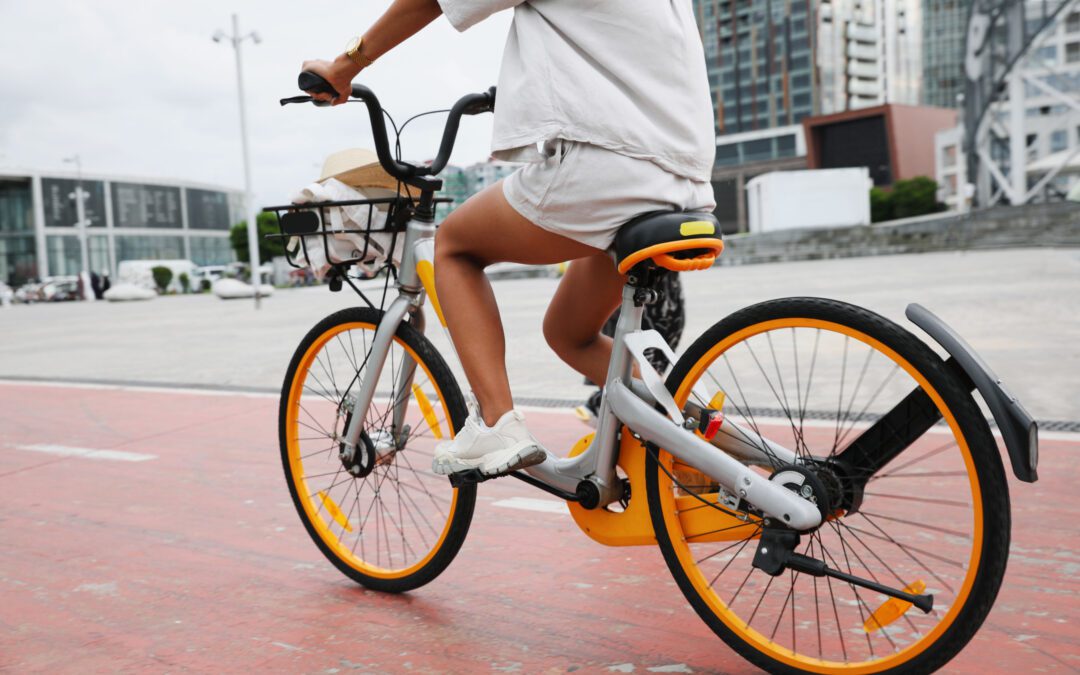With electric bikes gaining immense popularity, their market size has reached US$943.3 million. Converting your traditional bike into an electric one allows you to enjoy a blend of convenience, improved mobility, and a sustainable product. However, it can be a hassle if the conversion fails and the overall performance is affected.
Here are some common mistakes to avoid during an e-bike conversion.
Ignoring Compatibility Issues
Not all electric bike kits are suitable for every type of bike. Factors like wheel size, frame material, and braking system should align with the components of the conversion kit. For example, a high-powered motor may not be compatible with a lightweight frame, leading to instability or even damage. Always ensure your bike’s specifications match the kit you’re purchasing to avoid costly and potentially dangerous problems down the road.
Overlooking Quality Components
When you look for a conversion, it is easy to cut corners and find lower-quality products for your bike, which can lead to safety hazards. Investing in reputable brands for quality motors, batteries, and controllers with solid warranties is important for your e-bike’s extended lifespan.
A reliable motor will provide smooth power delivery, while a high-quality battery ensures longevity and efficient energy use. Look for components and positive reviews from other users and compare between brands to select the best kit for a durable bike conversion.
Neglecting Proper Installation
During DIY conversions, there’s a high chance of skipping steps or misinterpreting instructions, which can lead to faulty installations. Even small errors, like improper wiring or loose connections, can affect the performance of your e-bike, causing jerky rides or complete breakdowns.
A professional e-bike conversion specialist can perform the necessary adjustments that you might overlook, ensuring everything works harmoniously. A well-installed system can greatly enhance the performance and longevity of your electric bike.
Improper Battery Placement
The location of the battery can greatly impact the balance and handling of your bike. Placing the battery too high or on one side may make the ride feel uneven, causing discomfort or difficulty in controlling the bike. Ideally, the battery should be positioned low and centered, either on the down tube or rear rack, to maintain stability. Think carefully about how the placement will affect your riding experience, especially over longer distances.
Forgetting to Upgrade the Brakes
One of the most common oversights during conversions is neglecting to upgrade the braking system. E-bikes are heavier and faster than traditional bikes, and standard bike brakes may not provide the stopping power needed for safe operation. Installing stronger brakes, such as hydraulic disc brakes, ensures that your e-bike can handle the increased speed and weight, especially in emergency situations or steep descents. Ignoring this can lead to accidents and put both you and others at risk.
Ignoring Local Laws and Regulations
Electric bikes can be subject to various laws and regulations depending on your location, and ignoring these can result in fines or legal complications. Some areas have restrictions on the maximum speed, motor wattage, or whether you need a license or insurance. Adhering to these regulations ensures you are compliant and helps you make informed choices about your bike’s specifications.
Tired of traditional bike rides? Convert your bike to an e-bike and add more than speed to your pedals. Our team at Colorado Electric Bikes can help you explore various options to help you pick the perfect choice. Get in touch with us for more details!

